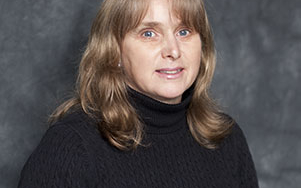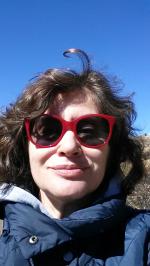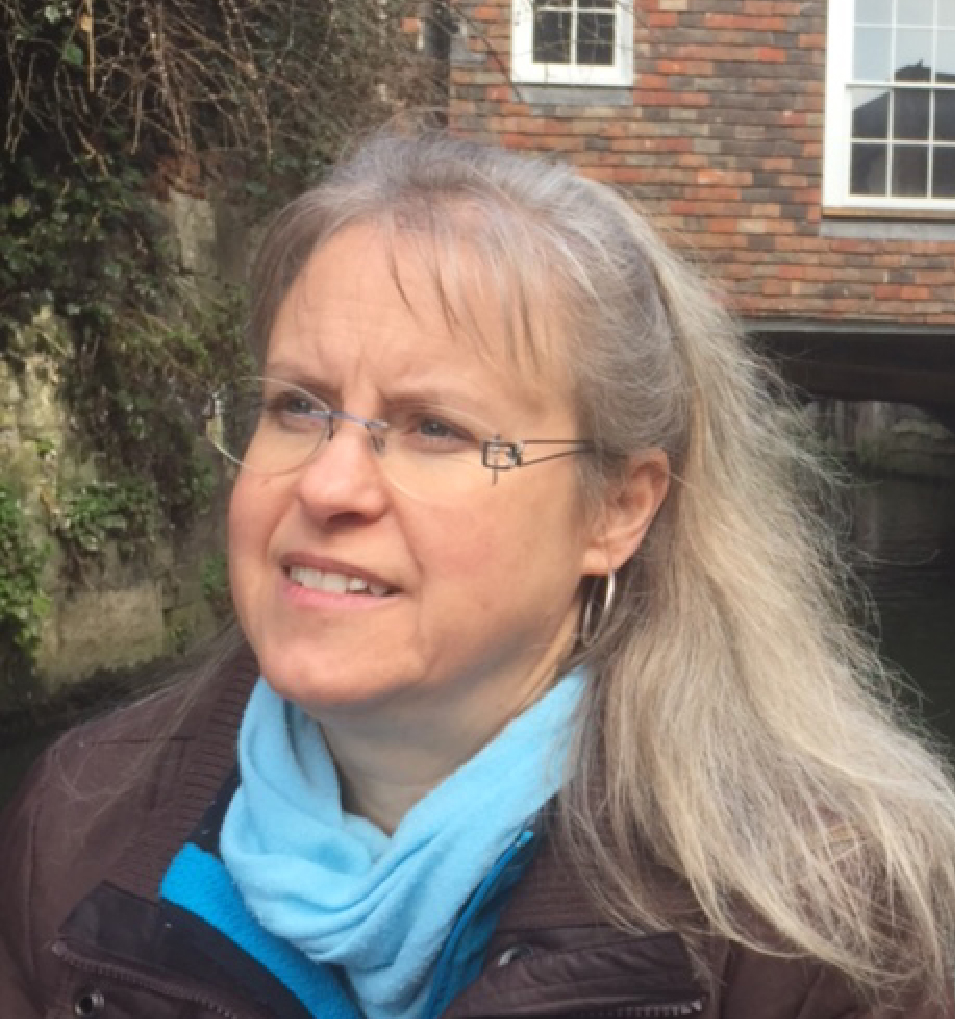- News
- Science
- Scientific Bodies
- Divisions
- Commissions
- Commission A1 Structure
- Commission A2 Structure
- Commission A3 Structure
- Commission A4 Structure
- Commission B1 Structure
- Commission B2 Structure
- Commission B3 Structure
- Commission B4 Structure
- Commission B5 Structure
- Commission B6 Structure
- Commission B7 Structure
- Commission C1 Structure
- Commission C2 Structure
- Commission C3 Structure
- Commission C4 Structure
- Commission D1 Structure
- Commission E1 Structure
- Commission E2 Structure
- Commission E3 Structure
- Commission E4 Structure
- Commission F1 Structure
- Commission F2 Structure
- Commission F3 Structure
- Commission F4 Structure
- Commission G1 Structure
- Commission G2 Structure
- Commission G3 Structure
- Commission G4 Structure
- Commission G5 Structure
- Commission H1 Structure
- Commission H2 Structure
- Commission H3 Structure
- Commission H4 Structure
- Commission J1 Structure
- Commission J2 Structure
- Commission J3 Structure
- Commission X1 Structure
- Commission X2 Structure
- Past Commission Organising Committees
- Working Groups
- Centres
- Scientific Meetings
- Rules & Guidelines
- General Assemblies
- Meeting Proposals
- Future IAU Meetings
- General Assemblies
- EC Meetings
- Officers' Meetings
- Regional Meetings
- Symposia
- Focus Meetings
- Institutional Meetings
- IAU Offices Meetings
- IAU-Sponsored Meetings
- Letters of Intent submitted for 2024
- Letters of Intent submitted for 2023
- Letters of Intent submitted for 2022
- Letters of Intent submitted for 2021
- Letters of Intent submitted for 2020
- Past IAU Meetings
- Templates
- Other Meetings
- Grants & Prizes
- Scientific Bodies
- Publications
- IAU Publications
- IAU Strategic Plan
- Symposia
- WGSBN Bulletins
- Regional Meetings
- Information Bulletins/Catalyst
- E-Newsletters
- Focus Meetings
- Transactions A
- Transactions B
- Related Publications
- GA Newspapers
- CAPjournal
- IAU Books
- Brochures
- IAU Offices
- WG Reports
- Commission Reports
- Division Reports
- Past IAU Publications
- Rules, Guidelines and Instructions for Proceedings
- Publishers
- IAU Publications
- Administration
- About the IAU
- Statutes & Rules
- IAU Policies
- IAU Executive Bodies
- IAU Secretariat
- Resolutions
- Members Administration
- Administrative Dates & Deadlines
- International Organisations Relations
- Donate to the IAU
- Training in Astronomy
- Astronomy for Education
- Astronomy for Development
- Astronomy for the Public
- Office for Astronomy Outreach
- FAQ
- Themes
- Satellite Constellations
- Astronomy in Everyday Life
- How to Report a Discovery
- Careers in Astronomy
- Defining our Place in the Cosmos
- The Constellations
- Light Pollution
- Measuring the Universe
- Near Earth Objects
- How to Participate in Astronomy Research
- Naming of Astronomical Objects
- Naming of Exoplanets
- Buying Star Names
- Naming Stars
- Pluto and the Solar System
- IAU Member Statistics
- Our Moon: the Moon
- Meteors & Meteorites: The IAU Definitions of Meteor Terms
- UNESCO-IAU Portal to the Heritage of Astronomy
- Social Media
- Past Events
- Call for Online Resources
- Astronomy@Home Awards
- Contact
G2 – Commission G2 Massive Stars
Description
Massive stars span a wide range of physical parameters (masses, temperatures, energies...) and a large diversity of physical states. These stars strongly impact on other fields such as star formation, stellar population synthesis, galactic chemical and dynamical evolution at different redshifts or the re-ionization of the Universe, for which they have been proposed to be an active agent. From their birth to their death, massive stars go through phases of luminous OB stars, Luminous Blue Variables and hypergiants, Red Supergiants, Wolf-Rayets, Supernovae, Gamma Ray Bursts, neutron stars and black holes. The physics of these stars is complex, and thus stellar evolution and atmospheric models provide strong links between observations and analyses of individual objects. In recent times, the roles of multiplicity and magnetic fields have been added to those of rotation and stellar winds, thanks to modern spectroscopic, large scale surveys, that allow us to homogeneously study large samples of massive stars and set constraints on their initial conditions and evolution.
With the new instrumental facilities and the developments for the immediate future, such as the 30-40m telescopes and their associated instrumentation, the role of massive stars as tools to understand the nearby and far Universe will even increase, as will their role as central objects at the crossroads of different astrophysical disciplines.
History
The massive stars community organized itself and created the Massive Stars Working Group (MSWG) in 1995. Since then, it was in operation without interruption, being re-appointed after each General Assembly, until the creation of the Massive Stars Commission at the Hawaii General Assembly in 2015. In its last year, the MSWG was composed of more than 400 members, with more than 100 senior IAU members.
Goals
- Organize, focus and promote massive stars research
- Offer a stable environment for discussion of all areas in which massive stars are involved within the IAU
- Organize IAU Symposia and regular meetings of broad interest to the whole massive stars community
- Increase the links of the massive stars community with other research communities and make results of massive stars research easily accessible to them
- Publish every two months the Massive Stars Newsletter and promote its dissemination (the Newsletter includes the latest accepted papers, PhD theses, upcoming meetings and workshops and job offers, as well as any information of interest for the community)
- Maintain a 24-hour announcement service for even faster information dissemination within the community (upon subscription)
- Maintain an external web page where all information concerning the Massive Stars Commission (including by-laws, membership and Newsletter issues) can be found. The webpage is hosted on the server of the KU Leuven, whose support is kindly appreciated.
- Foster new ways of active participation in the community, particularly for young researchers
- Reinforce public outreach
Main Topics (not exhaustive)
- Observations of massive stars at all wavelengths and in all possible environments (isolated, multiple systems, clusters, galaxies, starbursts, high-z galaxies)
- Physical processes in and models of stellar atmospheres, winds and interiors of massive stars
- Physical parameters of massive stars
- The channels of massive star evolution: star formation, evolution and death
- Massive clusters and regions of intense star formation
- The link between the stars and their environment
- Massive stars as tools to understand the Universe, from the Local Group to the reionization epoch
Documents
- Commission G2 Triennial Report (2021-2024)
- Commission G2 Annual Report (2022)
- Commission G2 Annual Report (2021)
- Commission G2 Annual Report (2019)
- Commission G2 Triennial Report (2015-2018)
Commission Web Page
Commission Members (245)
Under Division
Division G Stars and Stellar Physics

Nicole St-Louis
Université de Montréal
Département de Physique
CP 6128, Succ Centre-Ville
Montréal QC H3C 3J7
Quebec (QC)
Canada
Phone: +1 514 343 6932
Personal website: https://stlou31.wixsite.com/nicolest-louis
Organization website: http://www.phys.umontreal.ca/
NCA adherence: Canada
Last updated:
November 20, 2023

Lidia M. Oskinova
Potsdam University
Institute of Physics and Astronomy
Universitätsstandort Golm, Haus 28
Karl-Liebknecht-Str. 24/25
14476 Potsdam
Germany
Phone: +49 331-9775910
Organization website: http://www.astro.physik.uni-potsdam.de/~www/index.html
NCA adherence: Germany
Last updated:
November 20, 2023

Sylvia Ekström Garcia Nombela
University of Geneva
Department of Astronomy
Maillettes 51
Sauverny
1290 Versoix
Switzerland
Phone: +41 0223792450
Organization website: http://obswww.unige.ch/Recherche/evol/
NCA adherence: Switzerland
Last updated:
November 20, 2023

Jorick S. Vink
Armagh Observatory and Planetarium
College Hill
Armagh BT61 9DG
United Kingdom
Personal website: https://www.armagh.space/author/jorickvink
Organization website: https://www.armagh.space/
NCA adherence: United Kingdom
Last updated:
November 20, 2023
Organizing Committee
Search Scientific Bodies

















